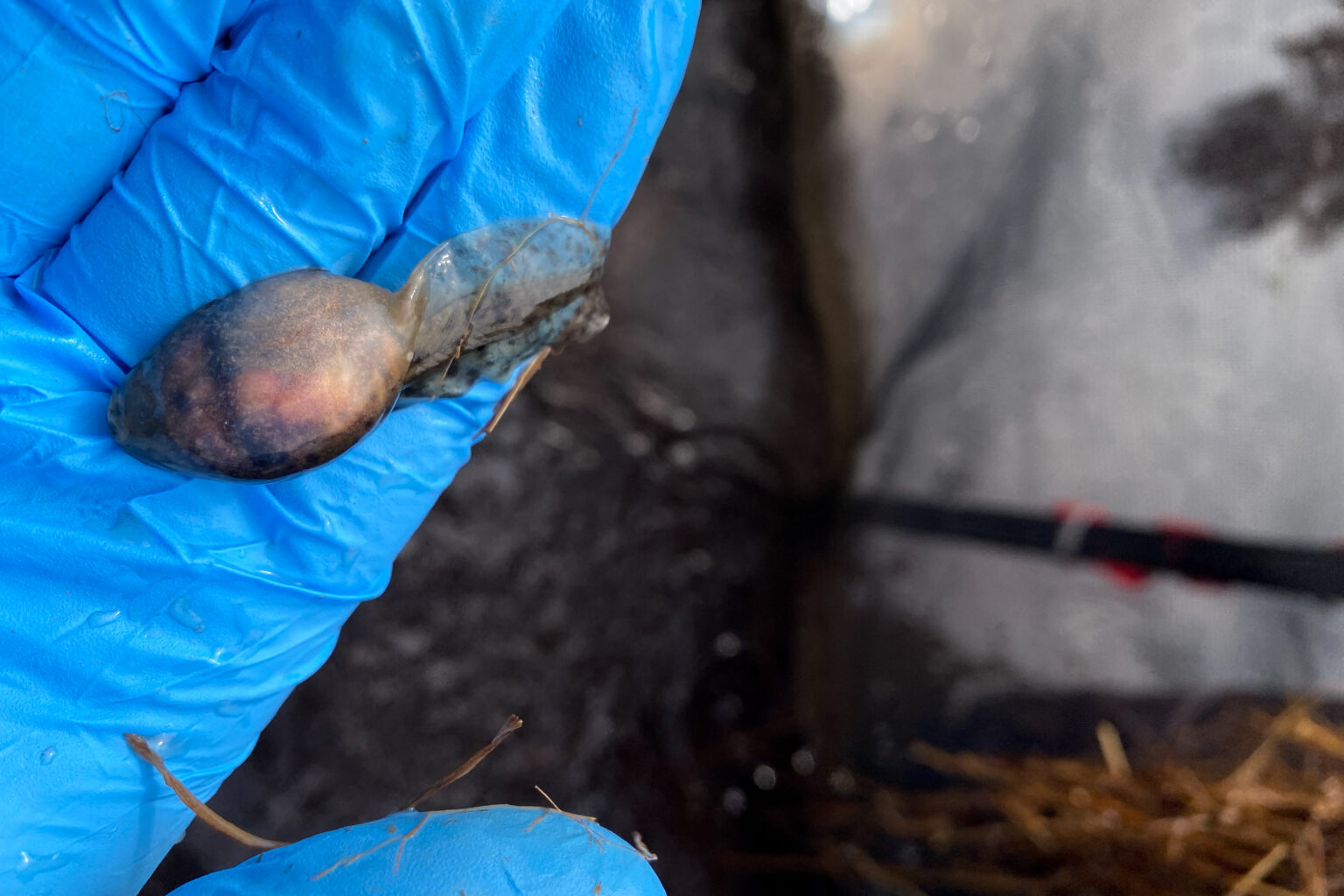Below towering trunks of pine, among wiregrass and wildflowers, rain falls and pools together to create wetlands in the longleaf pine ecosystem of the southeastern United States. Known as ephemeral wetlands, these important habitats go through cycles of being completely dried and refilled. Their temporary waters will become the first home for many species of amphibians, including the leopard frog and the gopher frog. As the longleaf pine ecosystem becomes smaller and wildlife populations become more isolated, amphibians face many challenges. Among these are disease and habitat fragmentation, which are more relevant now than ever. Since April of this year, frogs that rely on these wetlands have been dying at alarming rates in some regions.
The amphibian infection and mortality event appears to be widespread, according to University of Georgia researchers and their collaborators.
“We went out to at least 10 wetlands in one week, just to see how prevalent it was, and we saw symptoms in 90% of the wetlands we visited on the Savannah River Site,” explained Stacey Lance, a senior research scientist at UGA’s Savannah River Ecology Laboratory in South Carolina and affiliate of the River Basin Center. “That was pretty alarming. More alarming was that we just couldn’t find amphibians in some of these wetlands where we know breeding occurred.”
Discovering the disease
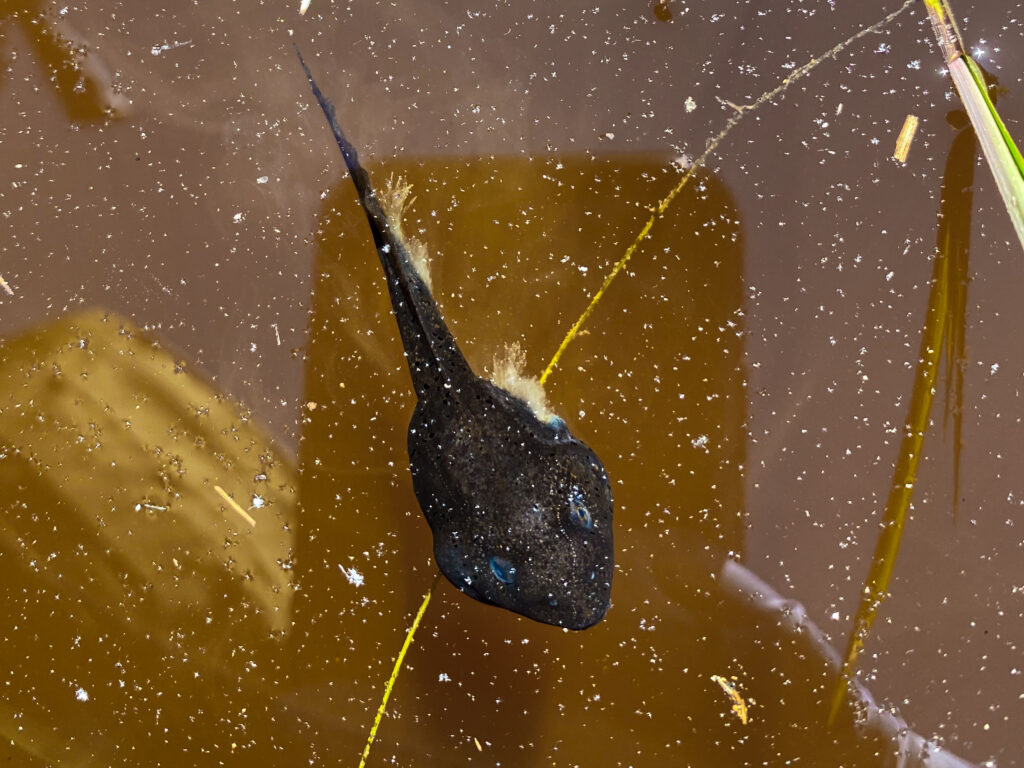
Kiersten Nelson, a Ph.D. student at the Odum School of Ecology, has been raising gopher frogs in the South Carolina wetlands to compare the growth and development of the frogs under different headstarting conditions. Headstarting is the conservation practice of artificially raising young animals and later releasing them to ensure that a greater amount survive to maturity. Specifically, Nelson is comparing those raised in cattle tanks, which are relatively isolated from their environment to those in cages within the wetland, which are exposed to natural environmental conditions.
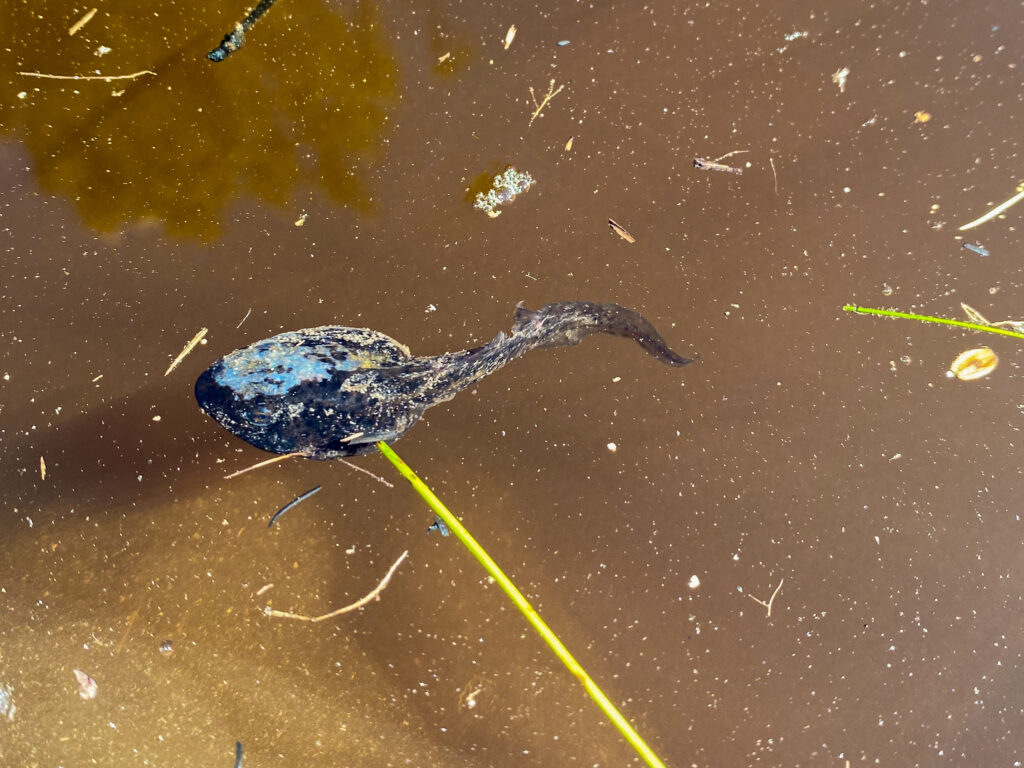
While in the wetlands, she started to observe abnormal behavior from leopard frog tadpoles. They swam in circles at the surface of the water, and some floated belly up. She discovered that the frogs that were behaving abnormally had lesions on their bodies and deteriorating tails. Nelson reported these findings to Lance, her thesis advisor. With the news of this strange disease, Lance and her team set out to better understand what was happening and how widespread it had become.
Affected specimens were brought to the Southeastern Cooperative Wildlife Disease Study (SCWDS) diagnostic service to be examined. SCWDS found that the frogs had been severely infected by members of the parasitic protist group Perkinsea, which has already been linked to other mass mortality events in amphibians.
It’s not just South Carolina that has been affected. In North Carolina, victims of a gopher frog die-off showed the same characteristic lesions and unusual behavior. And without a widespread system for monitoring amphibian populations, it is unknown where else deadly infections might be happening.
Lance and her lab want to know more about the disease and what underlying problems may be causing outbreaks. Right now, they’ve run into more questions than answers. “Often we don’t have data leading up to a mortality event, but this time we were monitoring water chemistry in several wetlands as part of our gopher frog research,” said Lance. “What we’re trying to do right now is get prevalence across wetlands, examine water chemistry data, and try to be able to eventually go back and say, ‘Where did we see it? When did it happen? Where didn’t we see it? Was there anything different about wetland conditions that may explain the pattern?’”
A collective approach
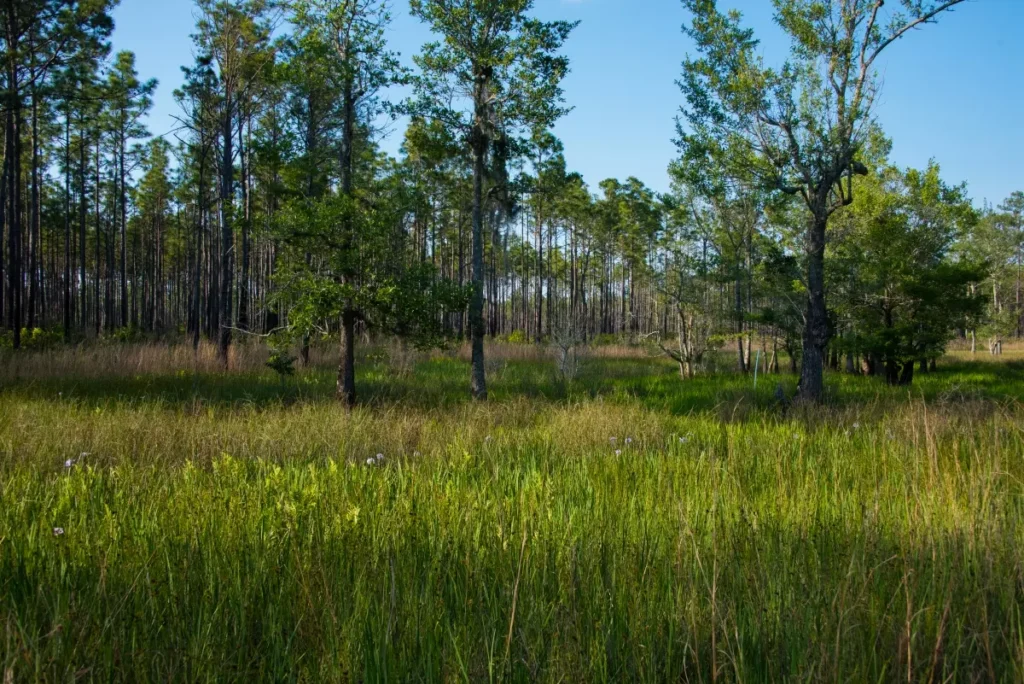
Lance’s approach to researching the die-off is a clear example of how intensive monitoring is crucial in gaining knowledge about wildlife and ecosystems. Population monitoring helps researchers to better understand the environment. When mortality events happen, the data that have been collected through monitoring can allow them to make connections between the environment and changes in a population.
As changes in the global climate drive biodiversity loss, monitoring becomes more and more important. Lisa Lord, Conservation Programs Director for The Longleaf Alliance and one of Lance’s collaborators, echoed this sentiment: “[Monitoring] really does ultimately feed back into whether we need to do more research or we need to change our management, and when it comes to climate resilience, adaptive management is going to be really, really important.”
Collaboration will also be important, according to Lance and Lord. With The Longleaf Alliance, Lord works with private landowners to help them manage their land in an ecologically beneficial way. Lance and other researchers are then provided with land to conduct research supporting habitat and wildlife conservation. This is just one example in the huge network of collaboration—people, organizations, and interests—that supports research and conservation around the longleaf ecosystem.
“We don’t work in a vacuum. We can take from what everybody else learns about their areas and apply it to what we know, and that sharing of information, and that collaboration and partnership is the only way to get conservation to succeed,” Lance said.
The gopher frog: important and imperiled
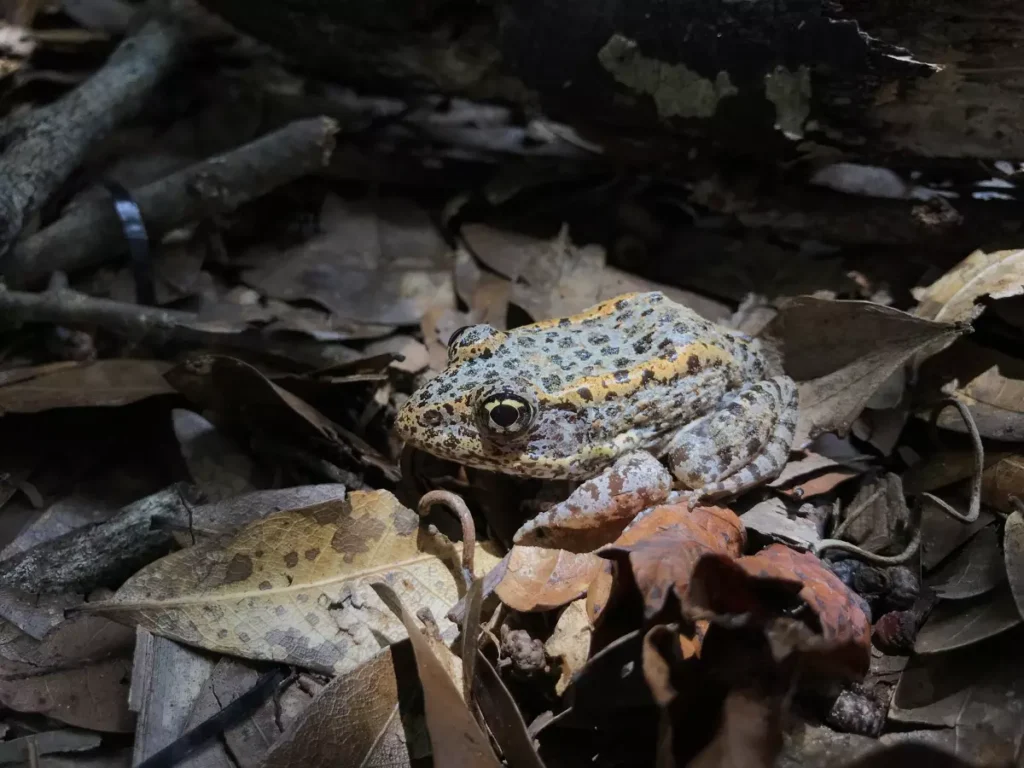
One of the amphibian species impacted by the mortality event is the gopher frog, a focus of Lance’s lab. The gopher frog is a small spotted frog which inhabits the longleaf ecosystem. In its adult form, it spends most of the day in burrows, holes, or tunnels dug by other animals. This species has become increasingly imperiled due to the fragmentation and destruction of its native habitat. Gopher require both ephemeral wetlands for breeding and open forests with penetrating sunlight to live as adults.
A large part of Lance’s research on gopher frogs has been on their genetics. She recently worked on a project which uncovered significant genetic differences between gopher frog populations in the Southeastern Coastal Plain and those in peninsular Florida. The genetic divide indicates that there is no gene flow between the populations. Frogs from the Florida peninsula are not breeding with frogs from the Coastal Plain. Outside of peninsular Florida, all the gopher frog populations are imperiled.
Lance explained the implications of these findings. “They’re not connected genetically anymore, and because of human population growth and fragmentation, there’s no reason to think they’re ever going to be connected again,” Lance said. “They need to be managed as independent entities, even if they aren’t officially considered separate species.”
Lance believes that conservation of the Coastal Plain gopher frogs should be prioritized to prevent their extinction. With disease threatening frogs in the Coastal Plain region, special attention is needed to prevent the loss of an entire genetic lineage of the gopher frog. These frogs are important not only for keeping the balance of the ecosystem, but also to help researchers gauge ecosystem health.
“Amphibians play a lot of roles,” Lord said. “They’re indicators of the quality of habitat. They’re sometimes the earliest impacted species.”
As more is uncovered about the causes and effects of the mortality event, communication and collaboration between diverse groups remains crucial. For Lance, collaboration is key, “The only way we can conserve this species is by bringing together conservationists, land managers, and academic researchers so we can understand the stressors affecting wildlife and work together to mitigate them.”

